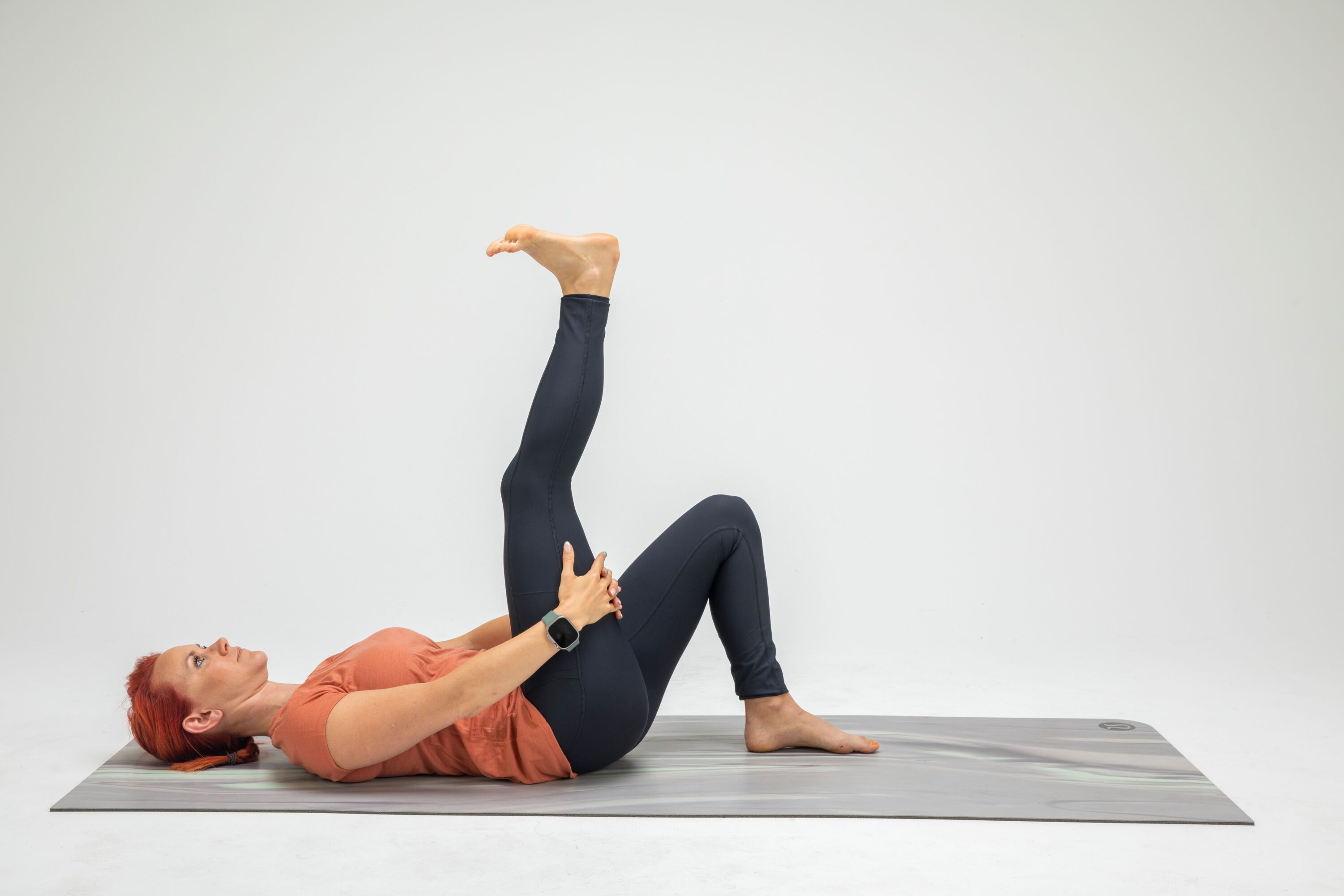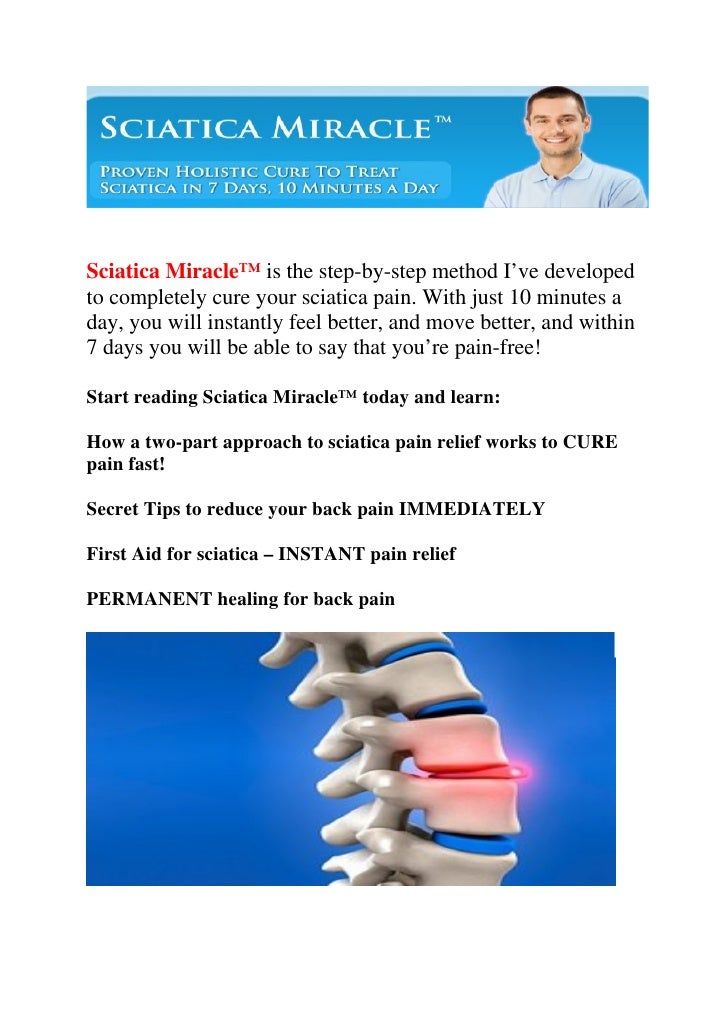Low battery
Battery level is below 20%. Connect charger soon.
· “sciatica sufferers can try several positions to minimize the pressure on the affected sciatic nerve. About 90 percent of patients are successfully treated without needing … The sciatic nerve extends from the buttocks down each leg. · usually, sciatica is intensely painful for about a week or two, and then starts to get progressively better. · sciatica is named for the sciatic nerve and that nerve usually isnt the source of the pain referred to as sciatica. I will share some literature here and you may want to discuss this … The sciatic nerve is the confluence of nerve roots from the lower back. There is a problem with information submitted for this … The cause is usually a herniated disk in the spine or an overgrowth of bone, sometimes called … It turned out that, although i followed doctor … Sciatica develops due to a change in one of the cartilage pads in your spine, called discs. · i was going well after surgery, and then all of a sudden i developed severe sciatica from my rear down to my ankle, and it was brutal. You may need an mri or at least an electromyogram (emg) … · symptoms of sciatica may include numbness, tingling or weakness along with the pain. · i found literature that sometimes sciatica is the symptom that leads to the discovery of spinal cord compression. You can sit comfortably by keeping your feet flat on the floor, sitting with … Self-care measures might help. · pressure on the sciatic nerve can cause pain and often numbness down a leg. · sciatica occurs when the nerve roots to the sciatic nerve become pinched. · la ciática, generalmente, se presenta cuando una hernia de disco o un crecimiento óseo excesivo ejercen presión sobre las raíces nerviosas de la columna lumbar.




